The Irish are known for many things – their luck (or, historically speaking, lack thereof), ability to drink, gift of gab, literature, music, St. Patrick’s Day, their goodbyes, and much more. But when we put a magnifying glass over their culture, including the customs and traditions, it’s their weddings that are most pronounced. So, what are some Celtic wedding traditions?
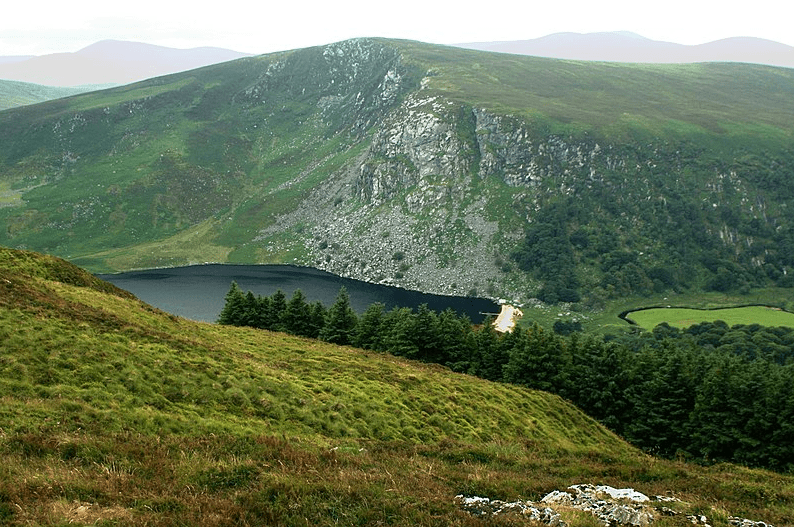
Tying the Knot/Handfasting
An ancient Celtic tradition that has been around since the Middle Ages, handfasting is the practice of tying the hands of the betrothed together. In ancient times, this could occur days before the wedding. Two lovers could spend days together with their hands tied, all in an effort to deduce whether they truly wanted to spend their life in union.
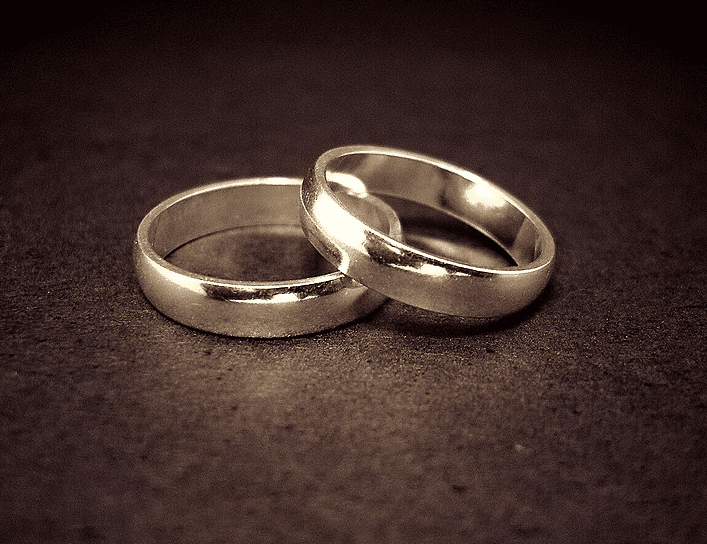
With modern weddings, this tradition is usually reserved for the wedding day itself, executed before, during, or after vows.
Brehon Law
Brehon law, statutes first set forth in the 7th century within Gaelic areas, categorized handfasting as an official form of marriage. These laws were done away with once Elizabeth I further pushed English expansion in Ireland.

Today, if you’re ever at an Irish wedding (or one that has threads of the Irish) and witness the bride and groom brought to union by their hands being tied, know that the soon-to-be-married couple is paying homage to an ancient tradition that has survived for centuries.
“His Goose Is Cooked”
In centuries prior, on the day before the wedding or once the engagement was announced, the bride’s family would invite the groom over for supper. There, they would cook a goose in his honor and – in the 19th century and earlier – they’d also sign contracts and land rights that bound the two together (legally). Once the goose was cooked, it signified the solidification of the groom’s decision to marry the bride.
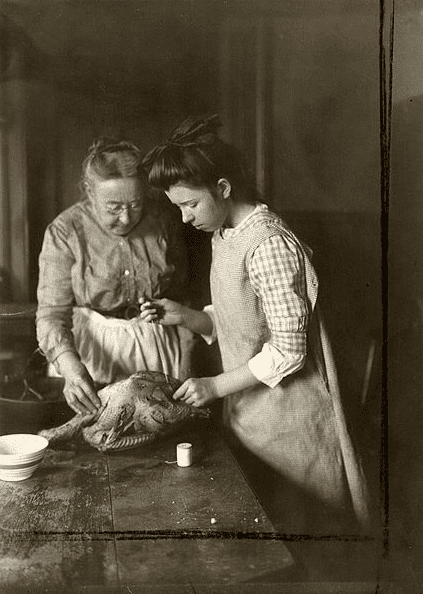
Thus, today, when you hear someone say “his goose is cooked,” that’s the Irish heritage’s way of saying “there’s no going back.”
In terms of customs and traditions, at the pre-wedding dinner party, a goose can be cooked to honor the Irish heritage.
The Claddagh Ring
Claddagh was a small fishing village right outside the old city walls of Galway city. It’s said that a famous blacksmith (who was bought by his master after his entire crew was kidnapped by pirates and sold into slavery) showed enough promise in the trade that his master offered him half his wealth and his daughter’s hand in marriage. Over the years, he set aside small pieces of gold dust and eventually melted them all into one ring: the Claddagh Ring.
The traditional Claddagh Ring features two hands clasping a crowned heart, symbolic of love, loyalty, and commitment.
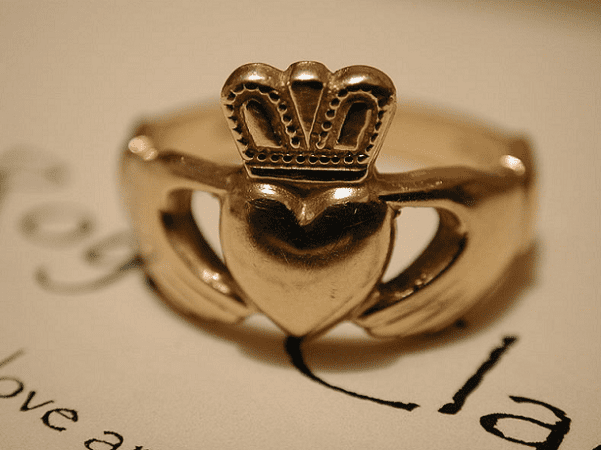
Today, Claddagh Rings are passed down from grandmothers and mothers to their granddaughters and daughters. If it’s worn on the right hand, then the bearer is single and currently seeking love. If it’s on the left hand, she’s married. It’s often a gift that’s handed down from Irish ancestors and used as the wedding ring, in which case the groom does not need to purchase one.
Locking the Door
When you take the “tying the knot” tradition into consideration, then you learn of this “locking the door” tradition, you begin to deduce that perhaps Irish grooms were, well, squirrelly. For a bit of humor, a common wedding tradition in Irish culture is to – once the wedding ceremony has commenced – lock the doors of the church in case the groom catches a case of “cold feet” and attempts to flee the scene.
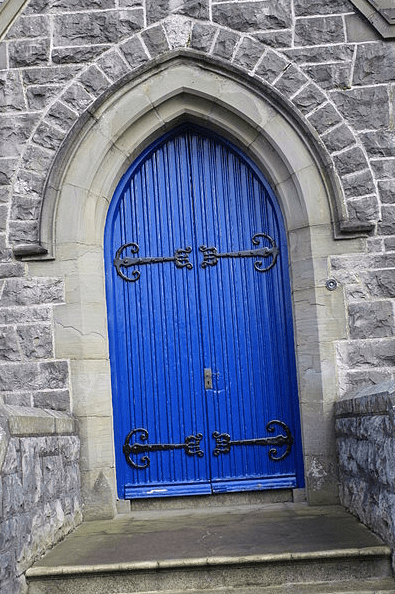
So, for those of you men having a traditional Irish wedding, if you decide to make a run for it at the marriage ceremony, the door might fight back when you try to push through it. It might be too late for you to not marry the bride!
Discover Your Traditions
While this article is only scratching the surface of Irish wedding traditions and customs, it has a bit of everything – the ring that’s passed down through generations, the knot, a goose that locks the betrothed into marriage prior to the wedding ceremony, and the church-turned-prison in case a groom decides to run.
If you have Irish in your blood, these wedding traditions and customs might be something you consider when the wedding bells ring and you “tie the knot.” Not only are they wonderful to incorporate, but they tell a story of a time before, one that contained the very people who brought you into being.
And if you find great interest in these old traditions, it might be worth researching your Irish family history to learn more. Unlocking your Irish family history might bring you more information than you were expecting.
And genealogy, like love, is all about discovering that which was always there, just hidden.
Explore over 330 years of newspapers and historical records in GenealogyBank. Discover your family story! Start a 7-Day Free Trial
Sources:
- Ireland Information: Irish Wedding Traditions
- Ask About Ireland: Wedding Day Traditions
- Nice Day for a White Wedding? Within 21st century Ireland, is the notion of the “modern traditional wedding” still desirable? Maynooth University. National University of Ireland Maynooth. 29 April 2016.
Related Articles:

RE: “Locking the Door” — perhaps that is also where the phrase “Katie, bar the door!” emanates.
An interesting speculation; perhaps one of our readers can enlighten us on this? And thanks for writing us, Paul.
I am Irish and have never heard of locking the door! Have never seen a hand-fasting and have been to many weddings and never been served goose!
For a girl who has so much Irish blood in her, but born in this country, I am surprised my blood doesn’t run green. I have heard of these traditions before and like all old traditions the “youngsters” find them silly and archaic. Sad tho since some old traditions actually lighten up the event and creat those precious memories.:
1. Bagpipes played
2. First to greet the new bride after the ceremony to be a man and not a woman
3. The couple gives a toast to the gatherers and the guests respond: “Friends and relatives, so fond and dear, ’tis our greatest pleasure to have you here. When many years this day has passed, fondest memories will always last. So we drink a cup of Irish mead and ask God’s blessing in your hour of need.” The guests respond: “On this special day, our wish to you, the goodness of the old, the best of the new. God bless you both who drink this mead, may it always fill your every need.”
4. Irish lace is a must and if it is too expensive or the bride doesn’t like lace, to just carry an Irish lace handkerchief.
5. We cannot forget the “Month of Honey” when the after the wedding the couple drinks “mead”, a brew of fermented honey for one full moon from glasses given to them at the wedding which is where the term “honeymoon” was created.
6. The Irish feast of Corned Beef and cabbage, Irish soda bread and all that Guinness and Whiskey. Don’t forget the Irish Fruitcake and if you don’t like Fruitcake, you have never had an authentic Irish Fruitcake. Happy Blessings!
These are great additions to our article, Diane! Thanks for writing.
Hi Diane, I have heard of some of your old/ancient traditions. Especially “The month of Honey” I am 41 years married and all of the above were well gone by then, perhaps the Irish outside Ireland continued with some of them, as for the toasts, they really are from ancient Ireland and yes some of them should have been kept, but then the mead has not been drunk here since the Middle Ages. The wedding reception food can vary from Beef to Salmon or Chicken etc. as the main course (Never corned beef or bacon and cabbage.!) The main drink is wine, so things have changed a lot. You are perfectly right about our fruitcake, Yum.
Corned beef is more an American thing. We never ever see it as a dinner option over here in Ireland
What are the ingredients in Irish Fruit Cake?
Dark fruit cake is made with molasses, citron and rather bitter ingredients, while other fruit cake features pecans, cherries and pineapple in a yellow batter, maybe using corn syrup for sweetening. Dark fruit cake is not sweet, but light fruit cake is very sweet. Whiskey or rum can be soaked into any fruit cake, after it is baked.
Glad to have found the Irish Wedding Traditions. In the past I’ve heard some of the sayings but did not know the story behind them. Wish I had found them sooner. Sure is nice history to have and follow. I will save them with my ancestry and pass them down. Thank you to whoever supplied them for history’s sake.
Thanks for writing us, Linda; the stories behind these traditions are fascinating, aren’t they? Good lore to pass on along with your family history information.
Having lived in Ireland most of my life, I’ve never seen or heard of most of these traditions. One I have seen in Co Kerry is a statue of the child of Prague placed outside the house the night before the wedding in the hope of good weather for the wedding day.
Thanks for writing us, Elaine.